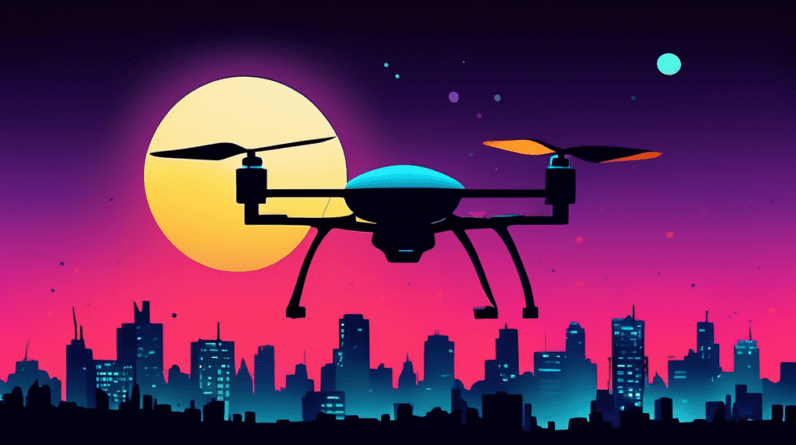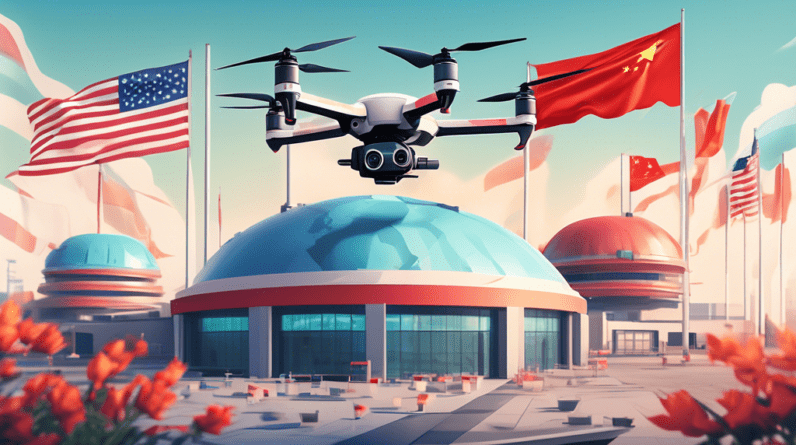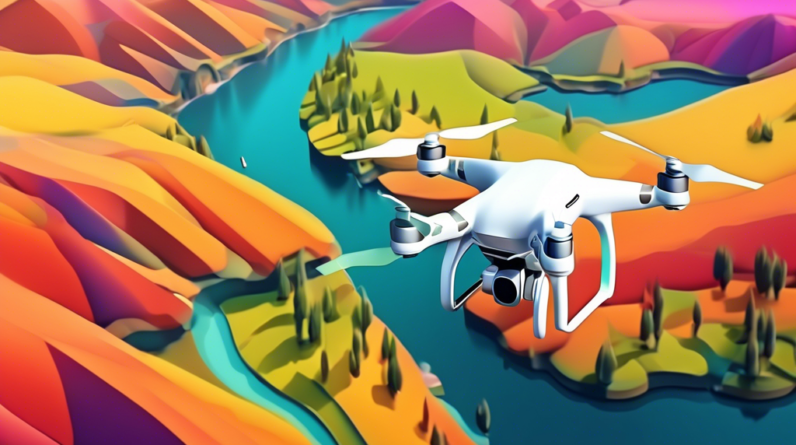Factors Affecting Drone Range
Several key factors influence how far a drone can fly:
1. Drone Type and Model
Different drone models boast varying capabilities. Consumer drones generally have shorter ranges compared to professional or industrial drones. For instance, entry-level drones might have a range of a few hundred meters, while high-end models can reach several kilometers.
2. Battery Life
Battery life is a critical constraint on drone range. The longer the battery lasts, the further a drone can travel. Factors like battery capacity, drone weight, and flight conditions impact battery life. Opting for drones with larger battery capacities or carrying spare batteries can extend flight times.
3. Signal Strength and Interference
Drones rely on radio signals to communicate with their controllers. Obstacles like buildings, trees, or electromagnetic interference can weaken the signal and limit range. Flying in open areas with minimal interference optimizes signal strength and range.
4. Weather Conditions
Adverse weather conditions like strong winds, rain, or snow can significantly reduce drone range. Wind resistance drains battery faster, while rain and snow can impair drone functionality. It’s crucial to monitor weather forecasts before flying and avoid operating drones in challenging conditions.
5. Regulations and Airspace Restrictions
Aviation authorities impose regulations on drone flights, including altitude and distance limits. In many regions, drones must remain within the operator’s visual line of sight (VLOS). These regulations can restrict how far a drone can fly legally.
Pushing the Limits of Drone Range
Several techniques and technologies can help extend drone range:
1. Range Extenders
Range extenders amplify the communication signal between the drone and controller, effectively increasing the operational range. These devices can be helpful for applications requiring long-distance flights.
2. First-Person View (FPV) Systems
FPV systems allow drone pilots to see a live video feed from the drone’s camera, enabling them to fly beyond visual line of sight (BVLOS) in certain situations. This technology opens up possibilities for longer-range missions.
3. Autonomous Flight Modes
Advanced drones often feature autonomous flight modes, allowing them to follow pre-programmed flight paths or waypoints. This reduces reliance on continuous manual control and can extend range by optimizing flight efficiency.
4. Hybrid Drones
Hybrid drones combine electric power with internal combustion engines, offering extended range and flight times. These drones are suitable for applications requiring longer endurance.
Conclusion
Drone range is influenced by various factors, including drone type, battery life, signal strength, weather, and regulations. Understanding these factors and implementing techniques like range extenders, FPV systems, and autonomous flight modes can help push the limits of drone range. However, it’s crucial to prioritize safety and adhere to local regulations when operating drones.






